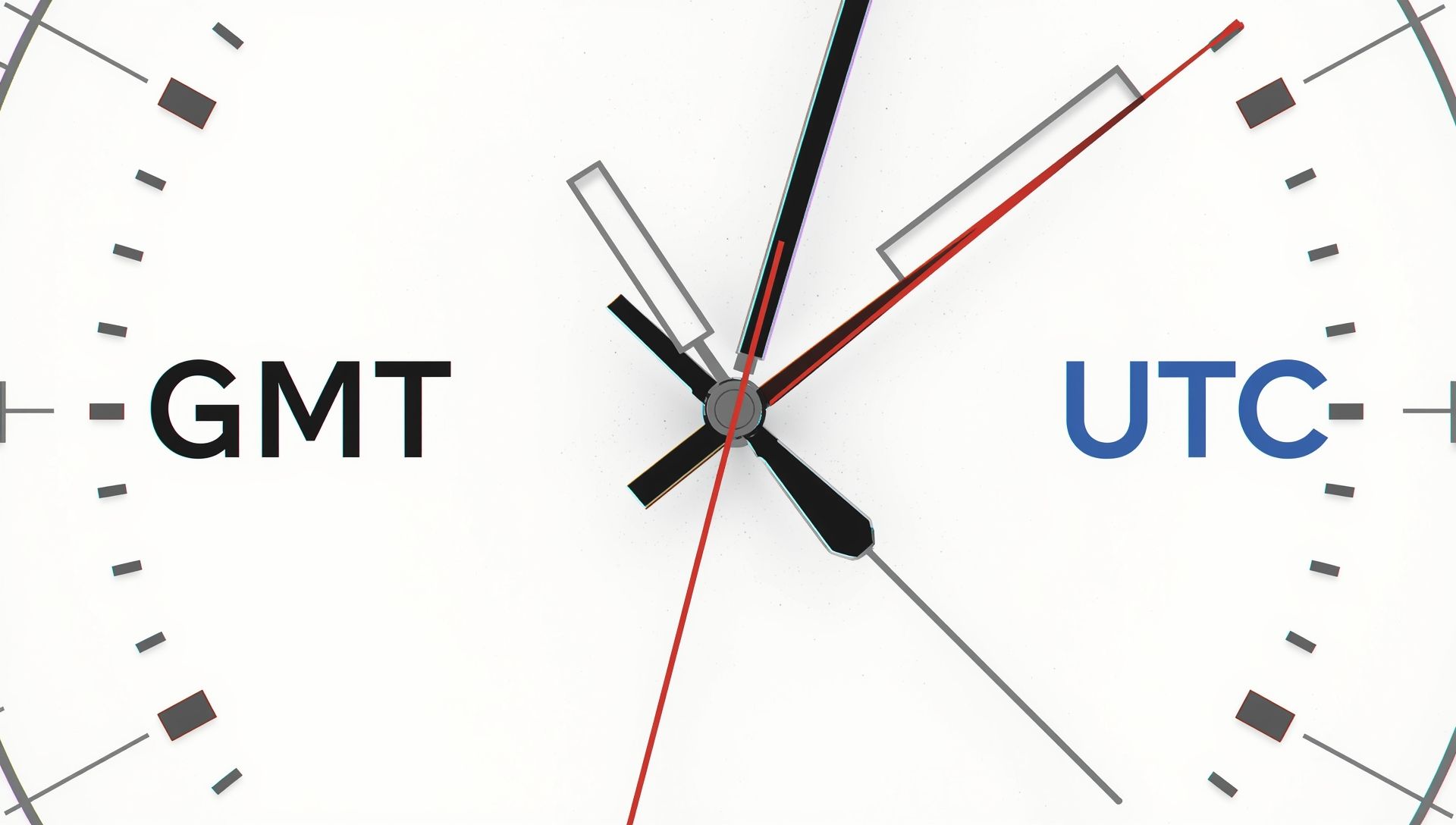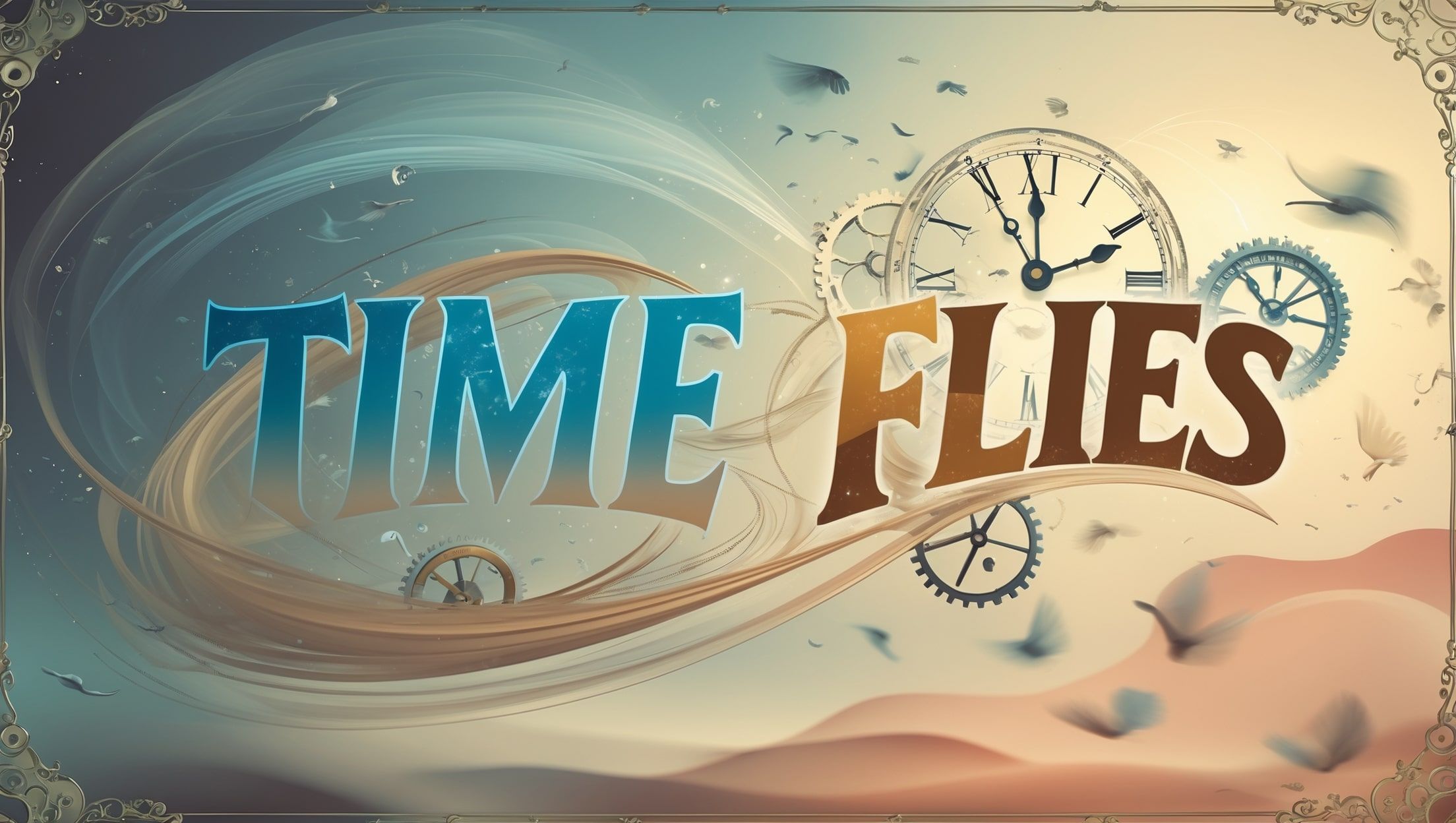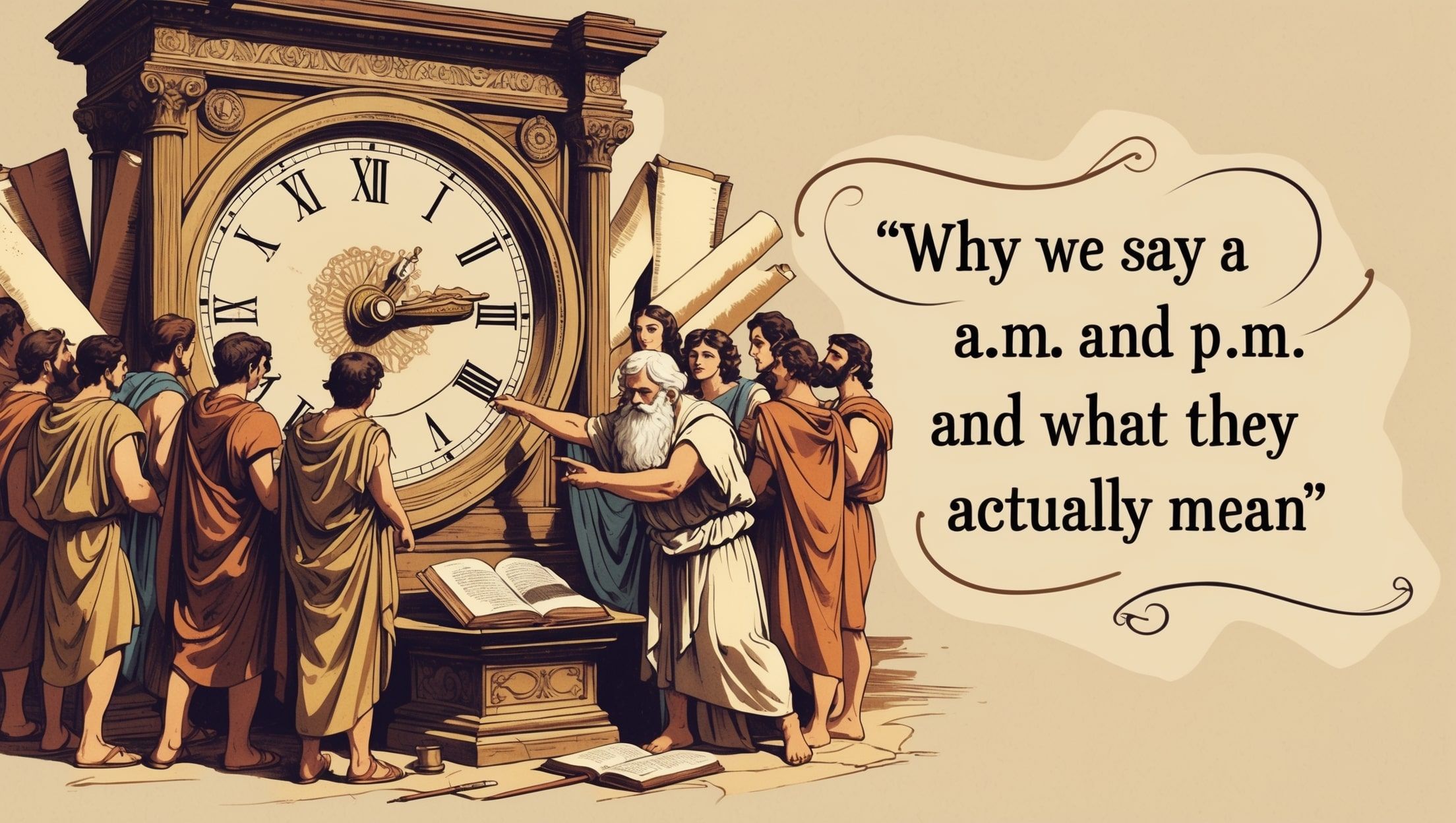Time slips forward with a steady rhythm, yet the universe rarely follows human rules. Calendars are our attempt to tame the flow of days, and leap years are one clever trick hidden inside that system. They feel familiar, but behind them lives math, astronomy, and centuries of trial and error. This story traces why we insert that extra February date and how it holds our year in sync with the motion of our planet, much like how time zones hold daily life in sync across the world.
Leap years are a correction tool that keeps our calendar aligned with Earth's journey around the Sun. Since our planet takes roughly 365.242 days to orbit, we add an extra day every four years, with a few special rules, to stop the calendar from drifting. Without this fix, seasonal dates would slowly shift, and winter would eventually appear in July, throwing off systems like the world clock that depend on steady timing.
Where Leap Years Began And Why They Exist
Ancient sky watchers noticed a mismatch between the length of a year and the tidy number of 365 days. Cultures tracked the seasons through stars, shadows, and crop cycles. They needed a system that could handle fractions of days without confusion, similar to how modern IANA time zone standards keep global time unified.
The early Egyptian calendar added extra days outside the usual months to realign seasons. Later, Julius Caesar introduced the Julian calendar, which instituted the idea of a leap day every four years. That plan helped, yet it overshot reality by a tiny margin. Over centuries, the drift became noticeable.
Earth requires about 365.2422 days for one full orbit. That decimal tail may look small, but over time, it adds up enough to move spring into late winter—a fact explored deeply when studying the science of measuring time.
How The Modern Leap Year Rule Works
Our current system traces back to the Gregorian calendar, introduced in 1582. It fixed the slight overcorrection of the Julian model. The rules look simple:
- A year divisible by 4 adds a leap day.
- But if the year is divisible by 100, skip the leap day.
- Unless the year is also divisible by 400, then the leap day stays.
These steps may feel like a puzzle, yet they keep the calendar in sync to within seconds over long stretches of time—just as atomic precision shapes how UTC, the world’s time standard, is maintained today.
Why This Tiny Timing Trick Matters
Without leap years, seasons would drift slowly away from their familiar spots. In about 100 years, the shift would be more than 24 days. Imagine the emotional shock of snowflakes settling on blooming roses. Leap days prevent that confusing dance between the sky and the schedule, the same way daylight saving time tries to match daylight hours to human routines.
- Spring stays tied to the equinox.
- Farmers stay aligned with seasonal cycles.
- Religious holidays tied to seasons stay predictable.
- Schools, businesses, and governments keep consistent yearly patterns.
Quick rule: If a year ends in 00, check if it divides by 400. If it does, leap day stays. If not, February stays at 28 days—similar precision that keeps timers ticking with accuracy.
Earth's Orbit And The Non Perfect Year
Earth does not travel in a neat circle. Instead, it follows an ellipse, and it moves faster when closer to the Sun and slower when farther away. This subtle shift creates minor variations in the exact length of a year. Scientists call the average value a tropical year, a concept important when charting the time zone map and coordinating clocks worldwide.
Odd as it sounds, even leap years do not give a perfect match. Over thousands of years, tiny adjustments might be needed. Astronomers keep an eye on the numbers while atomic clocks offer precision down to vibrations of atoms.
Each leap day adds 24 hours. Leap seconds also exist, added occasionally to account for Earth's slight rotation slowdown—adjustments that tie closely to observations of the moon and tidal effects.
Leap Years Through History And Culture
Various civilizations created their own solutions to the orbital discrepancy. The Maya observed Venus cycles. The Chinese lunisolar calendar inserts entire extra months. The Islamic calendar follows the moon only, so its months move through seasons over decades, as explored in religious timekeeping traditions.
Human timekeeping has always been a balance between the cosmos and daily life. The leap year stands out as one of the simplest bridges between astronomy and routine.
Quirky Traditions Linked To Leap Day
A date that comes around rarely invites fun rituals. Some cultures treat February 29 as a playful moment to bend norms. One well known tradition encourages women to propose marriage that day. Some people born on leap day call themselves leaplings and celebrate on February 28 or March 1 on non leap years, marking birthdays that feel almost like special events in time itself.
Leapling birthdays
Schedule errors avoided
Why Our Minds Like Order And Leap Years Help
People enjoy rhythm. Weeks, months, seasons, and years form a mental map. When patterns wobble, routines feel unstable. Leap years quietly remove that wobble. Most folks never notice the astronomical drama happening in the background, the same way alarms quietly keep our mornings on track.
Think of leap years as a calendar maintenance crew. They tighten screws while everyone else sleeps. This keeps sports seasons lined up, keeps holidays near familiar weather, and supports scientific studies that depend on accurate time records.
A Look At Different Leap Systems Around The Planet
The Gregorian pattern is not the only timing scheme. Timekeeping can be creative.
- Mayan cycles track planets.
- Hebrew calendar inserts leap months, aligning moon and Sun.
- Hindu systems also juggle lunar and solar needs.
- Ethiopian calendar runs differently from Western systems yet uses leap days too.
Each method shows how cultures solved the same cosmic puzzle with their own style, much like how countries interpret and adapt time policies differently.
A Short Timeline Of Leap Year Progress
- Ancient Egypt adds extra days.
- 46 BCE: Julian calendar brings leap day every four years.
- 1582: Gregorian calendar adjusts century rules.
- Future: Atomic time monitoring and tiny corrections continue.
Below is a colorful reference guide showing the main calendar concepts and how they interact with Earth's timing.
| Concept | Meaning | Icon |
|---|---|---|
| Tropical year | Time Earth takes to orbit the Sun on average | |
| Leap year rule | Add day if divisible by 4, skip if 100, keep if 400 | |
| Julian calendar | Earlier system that overcorrected slightly | |
| Gregorian calendar | Modern standard that improved accuracy | |
| Leap second | Occasional extra second for rotation drift |
Future Adjustments And Scientific Curiosity
Earth slows a touch due to tidal forces from the Moon. Scientists add leap seconds to keep clocks aligned with rotation. If future measurements show long term drift, global timekeepers might tweak the leap system again. Such refinements demonstrate respect for accuracy, not chaos, similar to ongoing coordination challenges across countries.
Space missions, satellite GPS networks, and astronomers all rely on precise timing. Even that occasional extra day in February plays a role by anchoring broad cycles before ultra fine tweaks finish the job.
Time, Precision, And The Quiet Genius Of Leap Years
Leap years remind us that we live on a moving sphere circling a star. The extra date whispers that time is rooted in the sky, not just in clocks. Every February 29 joins cosmic motion to simple human planning, keeping birthdays, harvests, celebrations, and quiet mornings aligned with light and shadow.
An orbit does not bend for convenience. Instead, we learned to adjust. That tiny added square on the calendar shows creativity and patience. It protects the rhythm of life against a drifting sky, just as detailed calendar systems preserve order amid cosmic motion.









